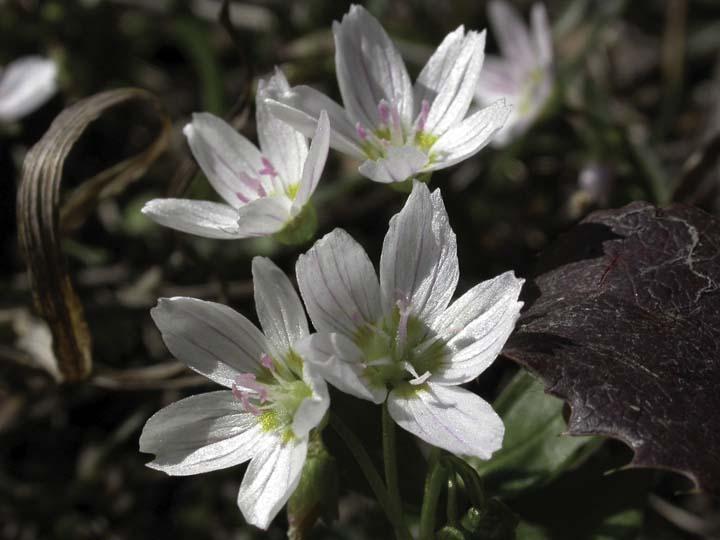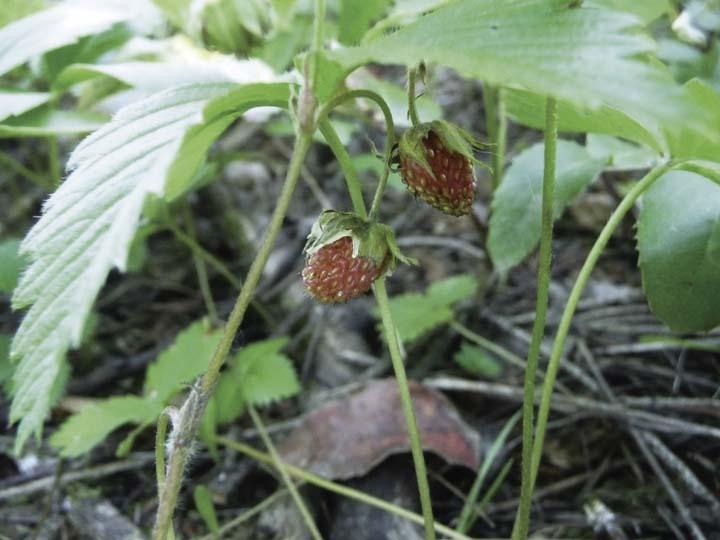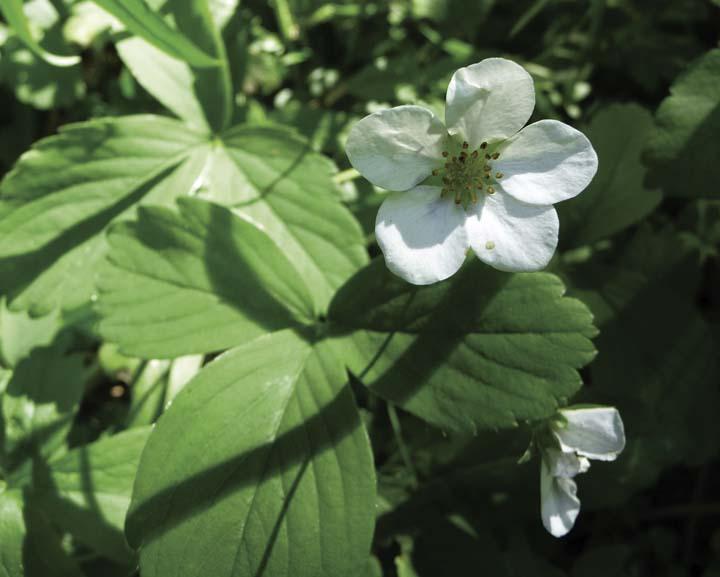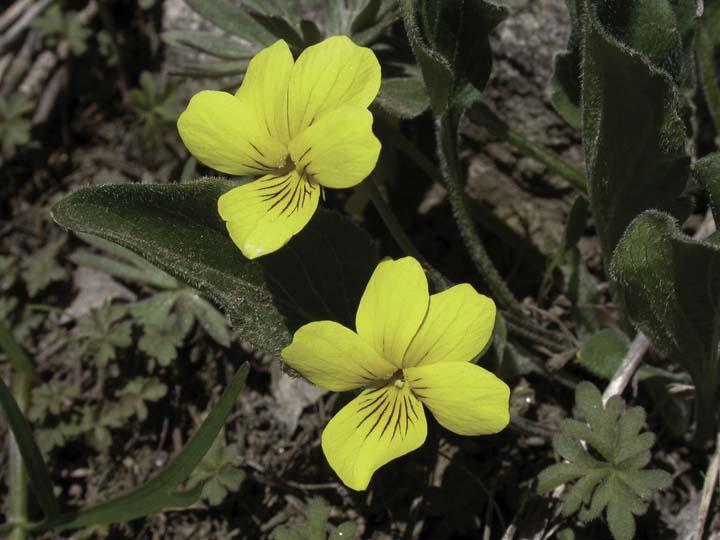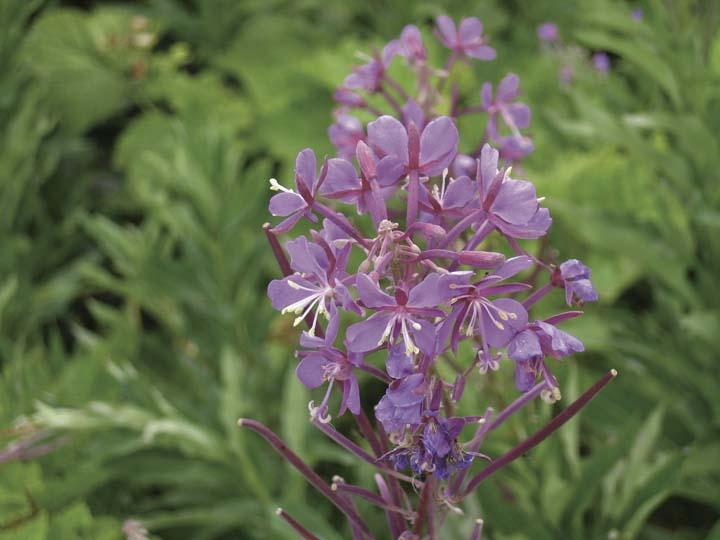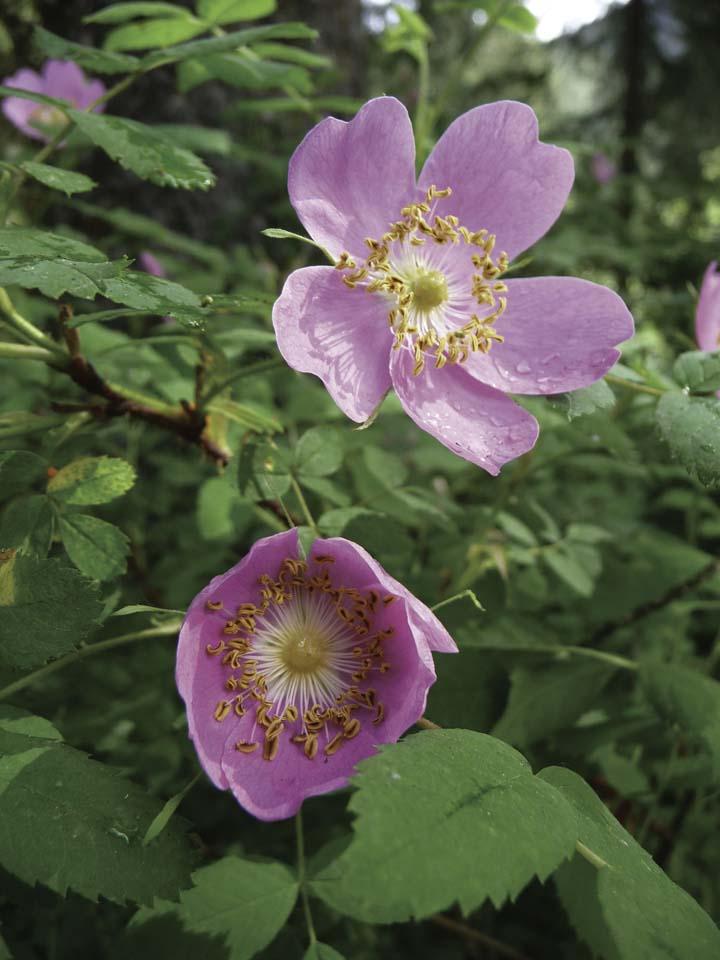Eat Me
Anyone who read Into the Wild knows the importance of correctly identifying wild plants if you intend to eat them. In that true story, Christopher McCandless starved after eating the seeds of a plant that block nutrient metabolism in the body.
The next time you’re lost in the woods or craving a snack on the trail, take a look around at the abundance of edible plants at your fingertips. But don’t be stupid—only eat plants that you know you can identify correctly. Here are some you should know.
Fireweed (Epilobium angustifolium)
As its name implies, fireweed often colonizes recently burned areas.
Flowers: Pink to rose-purple with four petals, 15 to many flowers in a long, showy cluster along the stem
Leaves: Alternate, lance-shaped; their circular veins help distinguish it from members of the highly toxic lily family
Stems: Reddish, simple, erect
Bloom Time: June through September
Where to Find Them: Burned areas, open or disturbed sites
Edibility: Eat young leaves raw or cooked. Mature leaves make good tea. The whole of the young plant (before it gets woody) can be cooked like asparagus. Eat flowers raw.
Western Spring Beauty (Claytonia lanceolata)
One of the first flowers to bloom after the snow melts, elk, deer, sheep, grizzly bears, and rodents chow on Spring Beauty.
Flowers: Five white-pinkish and pink-veined petals, two sepals
Leaves: Opposite, egg- to lance-shaped
Bloom Time: Early spring to summer
Where to Find Them: Moist meadows and mountain slopes
Edibility: All parts are edible. Eat roots raw or baked like mini-potatoes; leaves and stems are also edible raw. Note: because their habitat is diminishing and they grow in delicate soils, use for survival only.
Woods’ Rose (Rosa woodsii)
Woods’ Roses look and smell like their domestic counterparts, but with smaller flowers and a lot fewer petals.
Flowers: Five pink to lavender petals, five sepals, and many stamen
Leaves: Pinnate with five to seven coarsely serrate leaflets
Stems: Thorny
Fruiting Time: Late summer through fall
Where to Find Them: Road margins, trail edges, riparian habitats
Edibility: The fruits (or hips) can be made into tea rich in vitamin C. They can also be eaten raw but may taste a bit seedy.
Wild Strawberry (Fragaria vesca)
This common herb looks like its domestic cousin. It grows low to the ground and spreads by stolons (horizontal stems or runners).
Flowers: Five white petals, five sepals, and many stamens
Leaves: Leaflets in threes and coarsely serrated
Fruiting Time: Mid- to late summer
Where to Find Them: Open or disturbed areas, meadows, alpine areas, trails, roadsides, embankments—just about anywhere
Edibility: The red fruit with tiny seeds—a mini version of what’s at the grocery store—can be eaten raw.
Violets (Viola nuttallii)
Various species of violets can be found in the woods, on local lawns, and in flowerbeds. All violets (including jump-ups and pansies) are edible.
Flowers: Three spreading lower petals, two backward-bending upper petals, and a short saclike spur. Yellow, although other species may be blue, purple, or other colors.
Leaves: Basal, tapered, longer than wide
Bloom Time: Late spring to summer
Where to Find Them: Moist, wooded sites
Edibility: Eat leaves and flowers raw or make into tea. BEWARE: Rhizomes (underground stems), fruits, and seeds are toxic.


